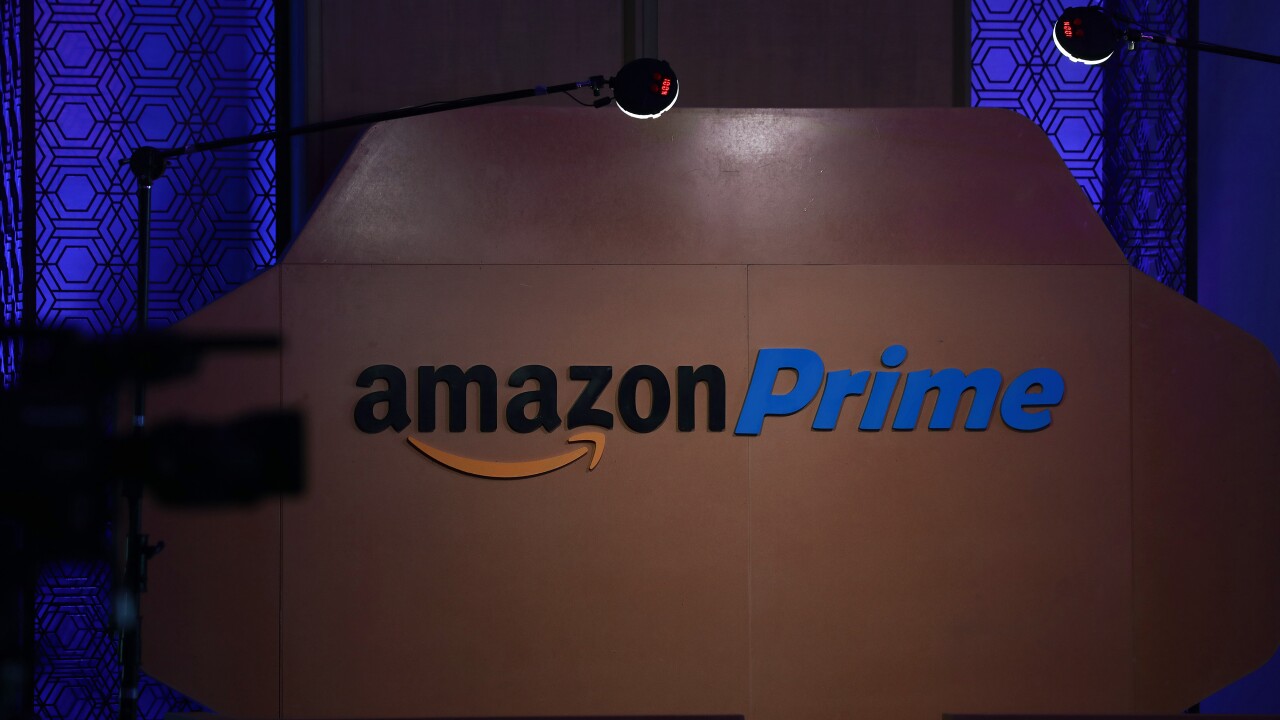In recent years CRM short for customer relationship management has gone from a buzzword to a bad word.
Enticed by the promise of a quick technological means for personalizing customer service, increasing retention, sharpening cross-sales, and making customers more profitable, banks have spent millions on CRM initiatives.
Some of these initiatives have been worthwhile, but others have failed to deliver on expectations and resulted in wasted investment, shelved projects, and even firings.
We dont even say CRM anymore, said James Rager, a vice chairman at Royal Bank of Canada. Though the Toronto company is still working toward many of the goals established in its original CRM game plan, the idea of CRM as a self-contained solution is dead, he said. Rather, its got to be something that supplements your overall approach to your business and is part of everything you do.
The projects high price tags have made their failures all the more painful.
Christopher Maher, a managing director at Alltel Information Services of Little Rock, said CRM projects typically cost between $5 million and $10 million, but a few companies have spent between $60 million and $100 million. One financial institution spent more than $10 million on a CRM plan, only to abandon it, Mr. Maher said.
This spending has led some to consider CRM a black hole of expense, he said.
However, he blamed most of the failures of such projects on a rush to bring products to market. In theory, CRM makes good business sense, because it places an emphasis on customers and offers value other than cost-cutting, but many companies took leaps of faith without doing the due diligence they would with any other type of project, he said.
The industry is taking a slower and steadier approach to CRM these days, some bankers say. Building the most profitable customer relationships requires a long-term strategy in which technology is a tool, not a comprehensive solution, the bankers say.
We get so hooked on technology, and all that technology does is enable you to do things, said Gail Hoffman, a senior vice president at Wachovia Corp. of Charlotte, N.C.
Kathleen Khirallah, a senior analyst at TowerGroup, a Needham, Mass., consulting firm, said one factor in banks frustration with CRM has been the vendors promises of quick implementation and rapid results.
I think so many banks feel like theyve been taken for a ride because theyve had this 90-day implementation expectation, she said. This is a long-term project. It doesnt happen overnight.
David Daberko, the chairman and chief executive officer of National City Corp. of Cleveland, said that by expanding employees training in CRM practices and technology, raising those employees salaries, and regularly surveying customers, his company has seen evidence of success: lower customer attrition, increased cross-selling, and higher satisfaction levels.
However, National City had unrealistic expectations about six years ago, when it spent more than $20 million to build a comprehensive data warehousing system, he said.
We were mesmerized by the idea that wed have all this information, but it was hard to get access to it, and people werent trained to use it, Mr. Daberko said. The gut-level service quality in the branches still wasnt good enough, nor were some of National Citys products.
Ms. Khirallah said one of the biggest CRM challenges facing financial institutions is garnering support for these projects among employees. Getting that support often requires companies to resist the tyranny of product managers shift the focus to customers, she said.
The technology is sometimes the easy part, Ms. Khirallah said. But if the organization has not been customer-centric, putting a piece of customer technology in place doesnt mean the people on the front lines are going to become customer-centric.
Mr. Maher of Alltel said training hundreds of thousands of employees on how to use a new technology system creates a shellshock and a temporary insanity in the organization. To ease the transition, and to counter the industrys reticence about CRM spending, Alltel in November began to offer its CRM system in pieces, instead of requiring customers to purchase it in its entirety.
Ms. Khirallah said that another major problem with CRM initiatives is gauging their results. Profitability is typically measured by product or by line of business, and financial institutions frequently use analysis models that calculate profitability by averages and do not adequately reflect how profitable individual customers are, she said.
You just get kind of a homogenized effect where everybodys profitable or not profitable, Ms. Khirallah said.
Despite CRMs inherent challenges, many banking companies consider some form of CRM crucial, and spending on such programs shows no sign of slowing.
According to estimates compiled by several consulting firms and released at American Bankers 7th annual Best Practices in Retail Services symposium last month in Palm Desert, Calif., CRM spending by North American banks will reach $6.1 billion in 2005, up from $2.8 billion in 1999.
Judith Hatley, a senior vice president of marketing and customer management at Royal Bank of Canada, was equally adamant about the need for well-conceived CRM strategies. I dont know how you cannot do CRM today in a multichannel world, she said.





